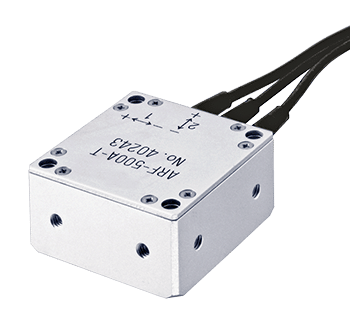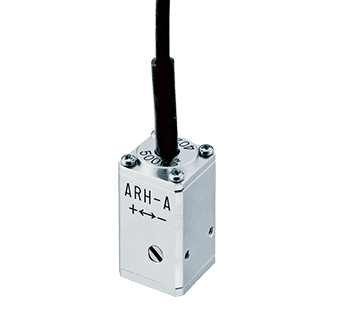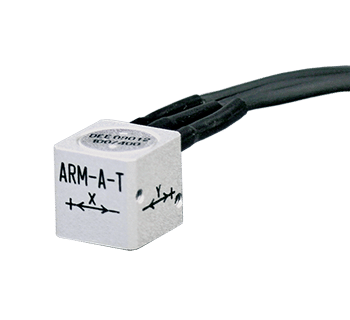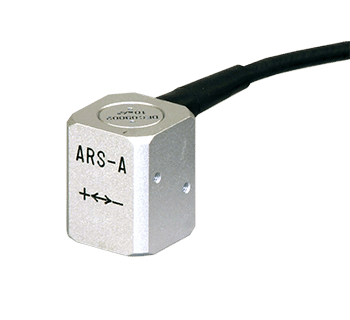Strain gauge based accelerometers use strain gauges acting as arms of a full Wheatstone bridge to convert mechanical strain to a DC output voltage that varies with the applied acceleration. Measuring tilt, inertial forces, shock and vibration, they are widely used in automobile industry and applied in securing safety performance of a vehicle, including anti-lock braking system, automotive safety air-bags and traction control system. Meanwhile, low frequency strain gage accelerometers with compact design are ideal for laboratory and light industry environments. Strain gauge accelerometers can be made more sensitive with the use of semiconductor gauges and stiffer springs, allowing higher frequency response and output signal amplitude. Compare to other types of accelerometers, strain gauge accelerometers can measure accelerations down to zero Hertz.
Strain gauge based accelerometers use strain gauges acting as arms of a full Wheatstone bridge to convert mechanical strain to a DC output voltage that varies with the applied acceleration. Measuring tilt, inertial forces, shock and vibration, they are widely used in automobile industry and applied in securing safety performance of a vehicle, including anti-lock braking system, automotive safety air-bags and traction control system. Meanwhile, low frequency strain gage accelerometers with compact design are ideal for laboratory and light industry environments. Strain gauge accelerometers can be made more sensitive with the use of semiconductor gauges and stiffer springs, allowing higher frequency response and output signal amplitude. Compare to other types of accelerometers, strain gauge accelerometers can measure accelerations down to zero Hertz.





